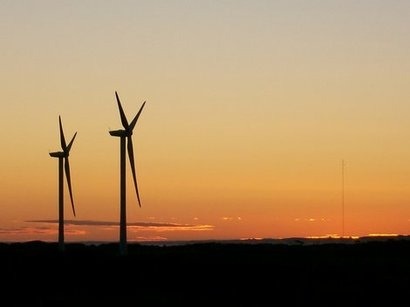
GE announced the launch of its Digital Wind Farm solution in late March. The combination of big data, analytics, a world-class turbine and digital infrastructure is designed to enhance production by boosting availability and productivity over the life of the wind farm while also reducing costs. The solution enhances GE’s wind power product portfolio through the company’s 2.3-116 wind turbine which incorporates enhanced control technology and safety features, a 94 metre tower and a 116 metre diameter rotor. The turbine is expected to deliver 30 percent greater Annual Energy Production (AEP) over its predecessor, the 1.7-103.
“As India advances toward its clean energy goals, GE Renewable Energy has been actively partnering in the country’s progress” said Anne McEntee, President & CEO of GE’s Onshore Wind business. “We launched the 1.7-103 wind turbine, designed and assembled in India, two years ago. Its successor, the 2.3-116, is ideal for India’s low wind speed conditions. Additionally, our Digital Wind Farm technology enables integration of higher amounts of wind energy crucial to support 24 X 7 ‘Power For All’ mission of the government. We are hopeful that by effectively harnessing the power of technology, renewable energy will continue becoming a mainstream source of power in India.”
The Digital Wind Farm solution is intended to improve asset performance and business performance through applications such as Wind PowerUp Services, Wind Energy Forecasting, PulsePOINT Condition Monitoring System and WindCONTROL Farm Control System. PowerUp brings together software and hardware-enabled technologies to increase overall wind farm output by up to 5 percent, taking into account environmental conditions. Wind Energy Forecasting enables integration of a larger amount of wind power into the grid by scheduling dispatches without placing incremental stress on the grid.
Banmali Agrawala, President & CEO, GE South Asia, added that India is pursuing an aggressive strategy to build renewable energy capacities to ensure a sustainable energy mix and meet future demand for electricity. It therefore becomes imperative to adopt smart energy systems to integrate increasing amounts of renewable power. The need of the hour is to bring renewable energy generation to mainstream, thereby taking the load off conventional sources of power generation.
For additional information:

